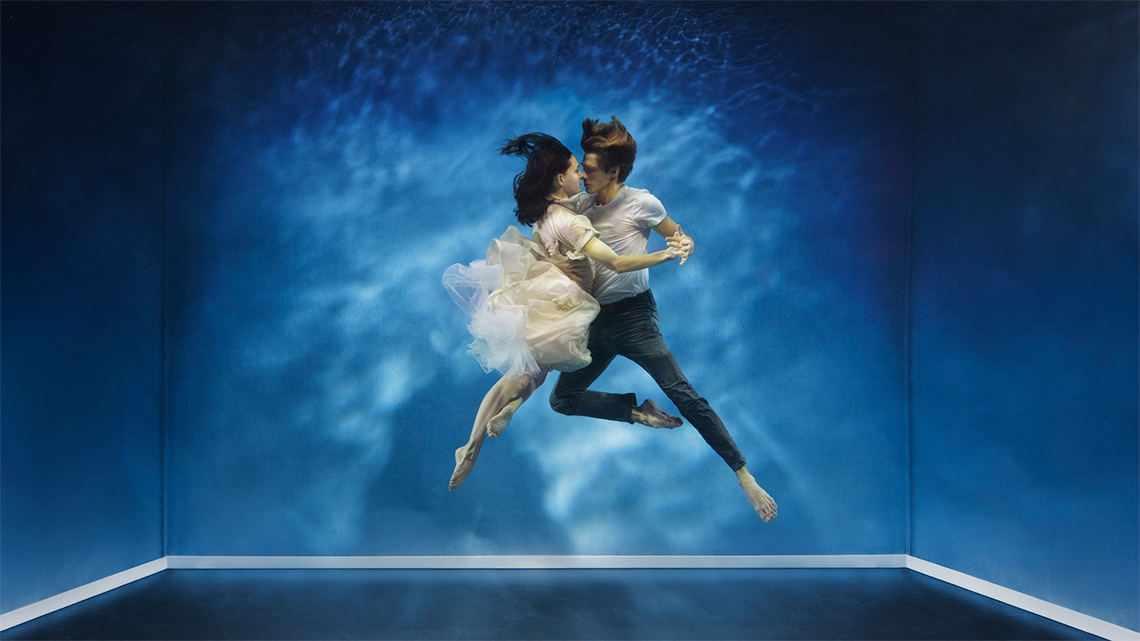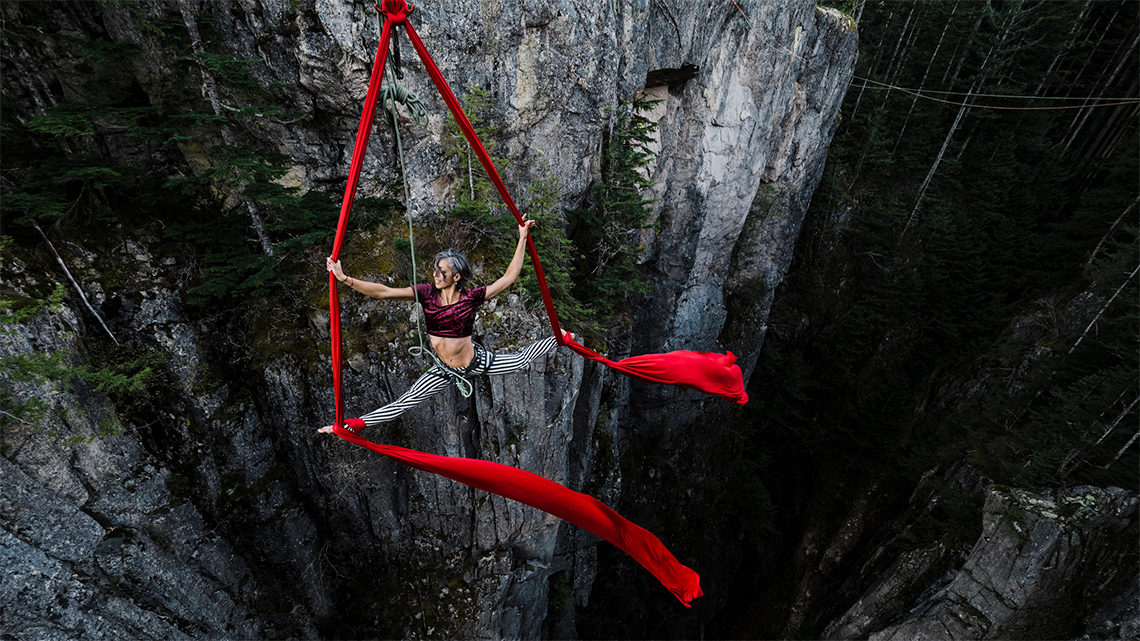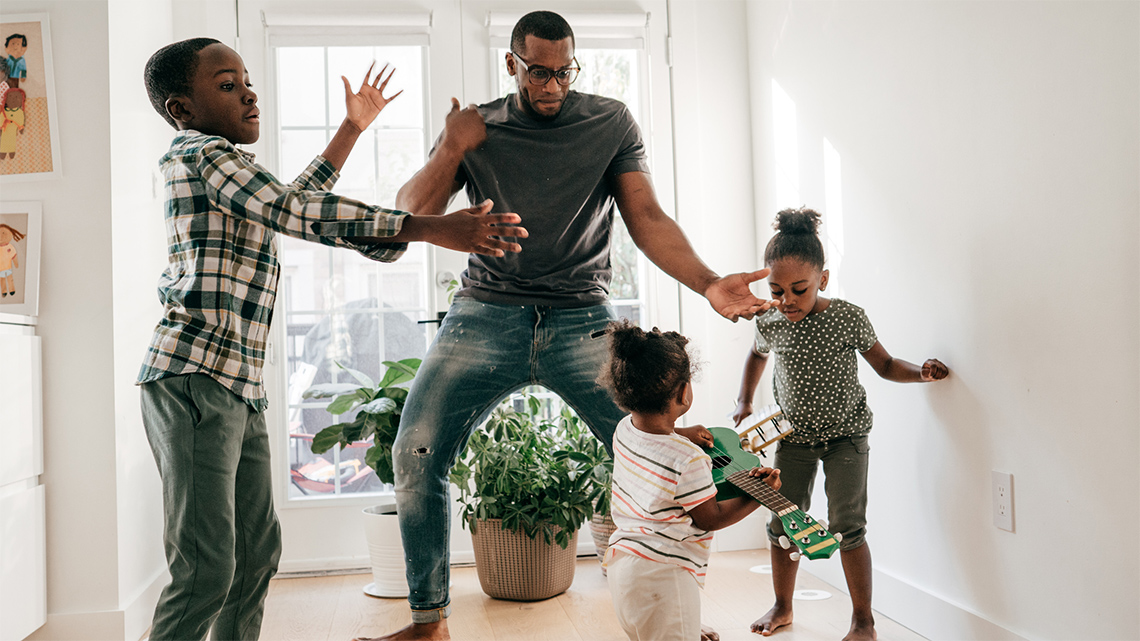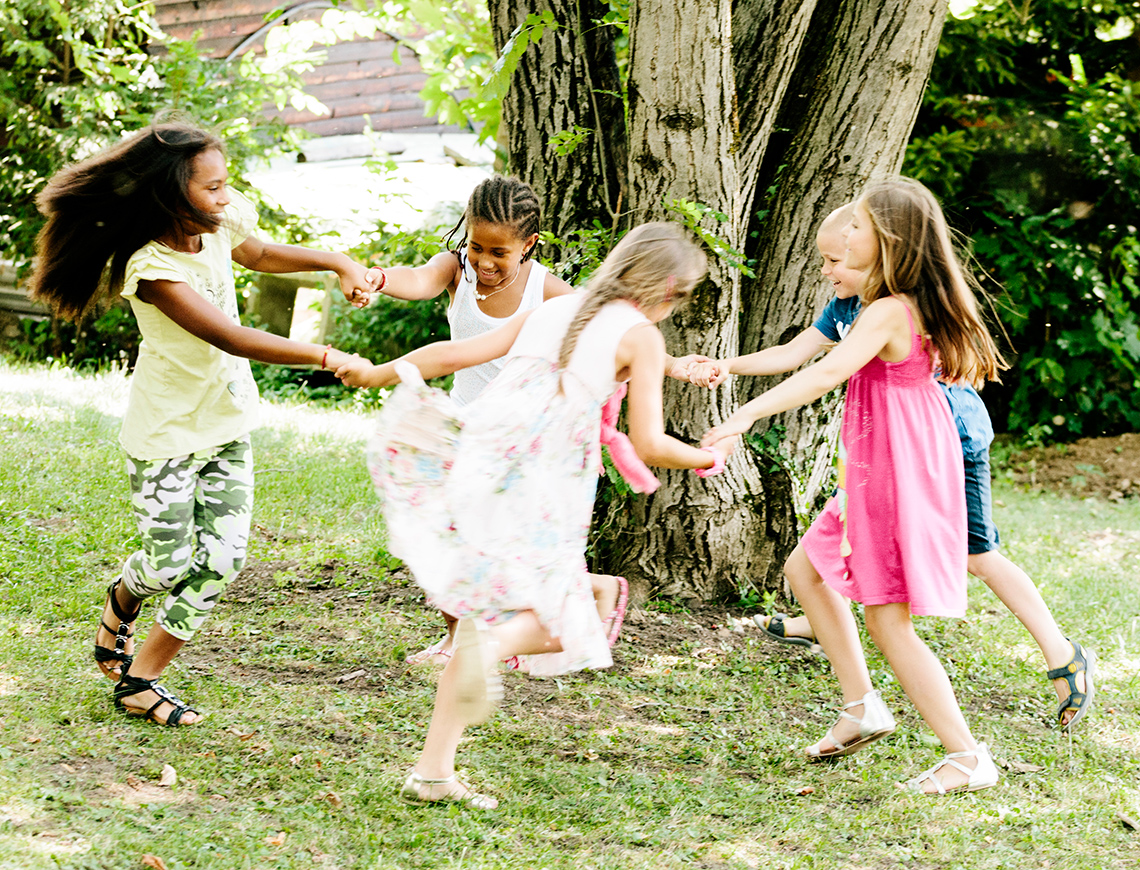Minds On
Let’s get started!
Press the following tabs to access today’s vocabulary.
Important ideas in dance, which include the following:
- Body: The instrument of dance. The term body may also refer to the body’s position or shape (e.g., curved, straight, angular, twisted, symmetrical, asymmetrical); also, how the body is moving (e.g., using locomotor or non-locomotor movements).
- Energy: The force with which the body moves (e.g., light, strong, sustained, sudden).
- Relationship: The way in which two or more things are connected to or associated with one another (e.g., dancer to dancer, dancer to object, or right arm to left arm).
- Space: The physical area in which the body moves; also, the area surrounding the body.
- Time: An element of dance involving rhythm, tempo, accent, and duration. Time can be based on measured beats, as in music, or on body rhythms, such as breath, emotions, and heartbeat.
Examine the following images and descriptions. Consider the body positioning, use of space, and relationship between the dancers (if there is more than one dancer in the image). What do you think these images are trying to depict?
Record your ideas using a method of your choice.
Press the following tabs to access a description for each image in the previous carousel.
Action
Get ready, get set…
Task 1: Ideas and themes in literature
There are many central themes in literature that appear over and over in various stories. Some examples include:

There are multiple thought bubbles with samples of central themes from literature such as love, friendship, perseverance, and courage, family, survival, good vs evil and person vs nature.
Think of the stories, folk tales, or novels you are familiar with. Are any of these themes present in the stories you know? Are there any you would add?
In dance, actions can be used to communicate different emotions, ideas, and themes. The elements of dance give dancers a language to communicate a message to the audience.
Revisit the following images of dance from the Minds On section and explore related questions and possible answers for each of the four images.
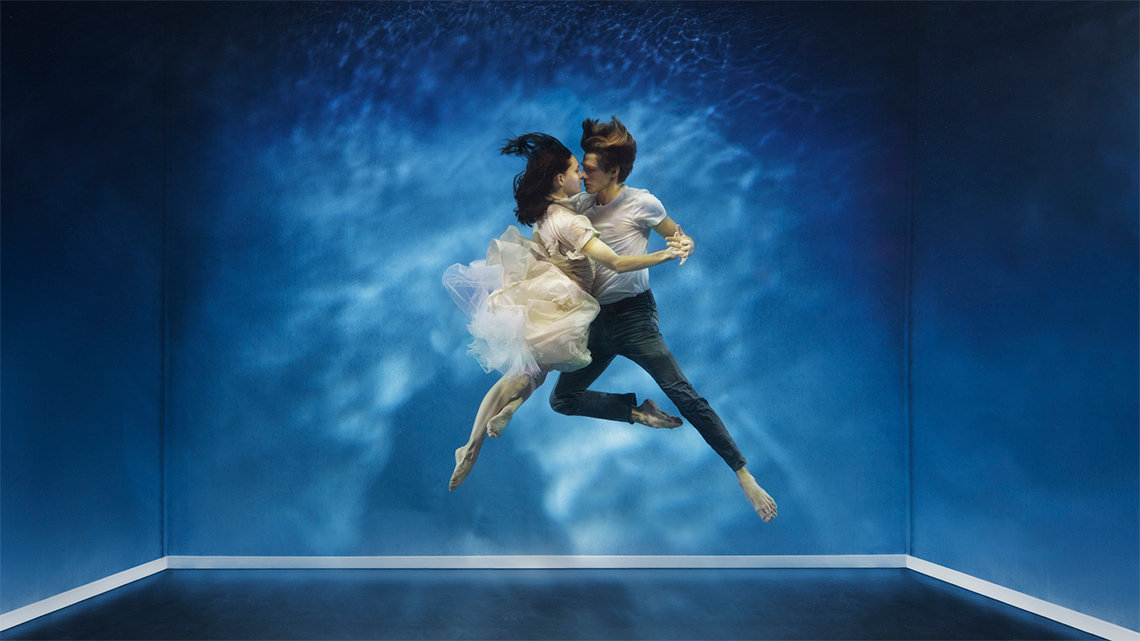
- Which theme(s) do you think these dances might be depicting?
- What is it about the body, facial expressions, positioning, or use of space that conveys this theme?
Press ‘Answers’ to access possible answers for the previous two questions.
- love
- The dancers are holding each other closely and using their bodies to create a closed position. The closed position increases the connection (element of relationship) between the dancers.
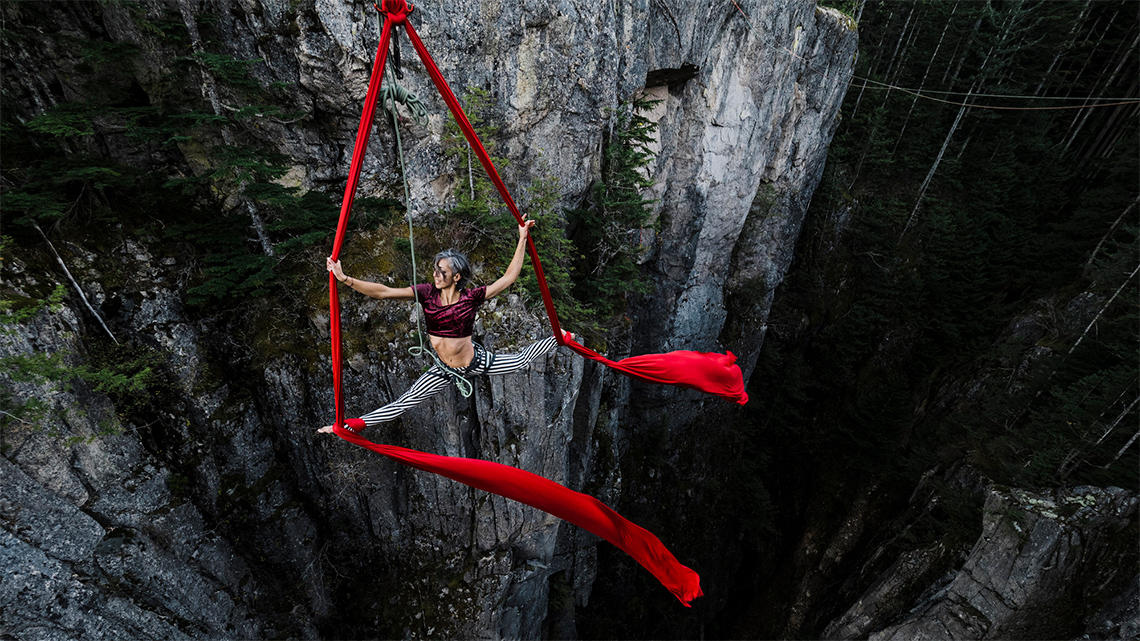
- Which theme(s) do you think these dances might be depicting?
- What is it about the body, facial expressions, positioning, or use of space that conveys this theme?
Press ‘Answers’ to access possible answers for the previous two questions.
- person vs. nature
- A dancer is suspended above a gorge by an aerial silk. The dancer is facing the side, with each hand grabbing a strand of silk. Their legs are spread, with the silk wrapped around each ankle.
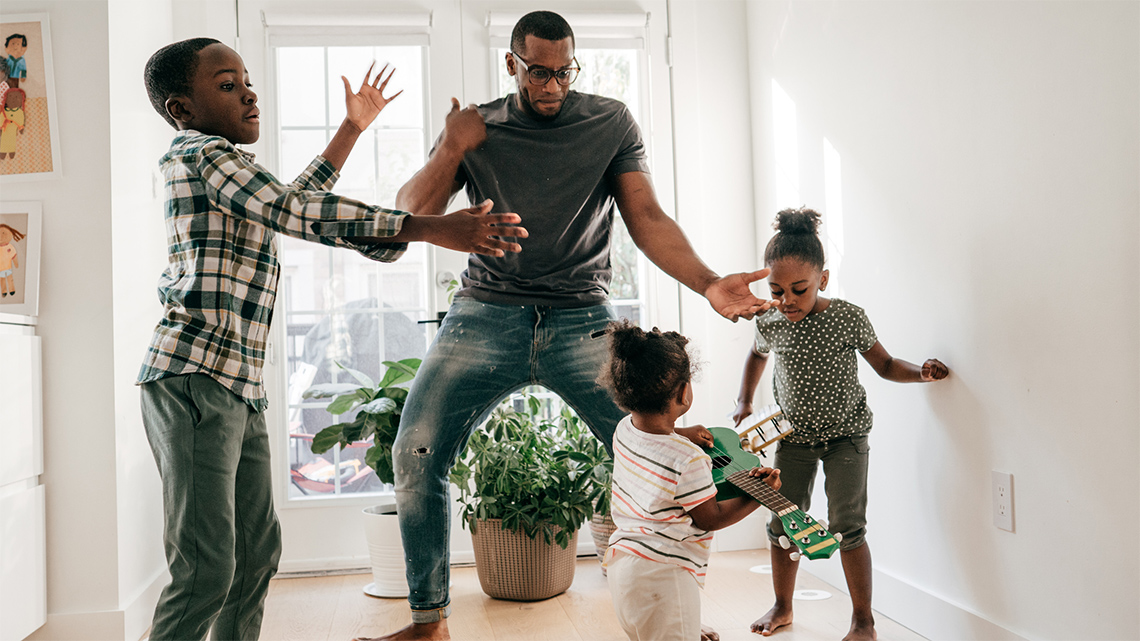
- Which theme(s) do you think these dances might be depicting?
- What is it about the body, facial expressions, positioning, or use of space that conveys this theme?
Press ‘Answers’ to access possible answers for the previous two questions.
- family
- The dancers are all turned in slightly, almost as if they are in a circle facing each other. They have similar body positions to each other. They are all standing at a high level, with feet as body base and appear to be moving in sync with each other and the music.
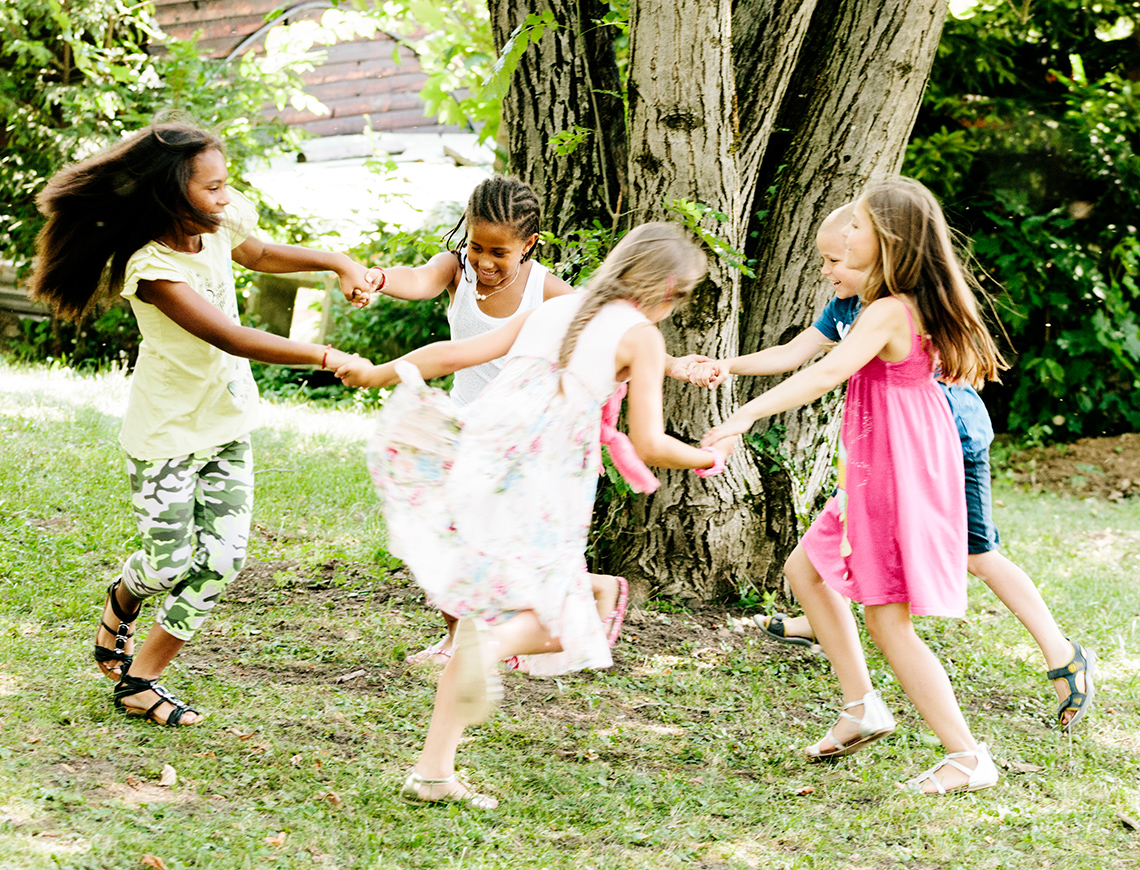
- Which theme(s) do you think these dances might be depicting?
- What is it about the body, facial expressions, positioning, or use of space that conveys this theme?
Press ‘Answers’ to access possible answers for the previous two questions.
- friendship
- The dancers are all turned towards each other in a circle. They are holding hands. The two dancers whose faces are visible are smiling at each other.
Go!
Task 2: Creating a dance sequence
Let’s explore how we can create a dance sequence based on a theme. Select one of the following themes, or another theme of your choice.
Brainstorm
Brainstorm
Think of text that you have been reading and that you can make connections to. You can think of connections to language or any other subject areas.

There are multiple thought bubbles with samples of central themes from literature such as love, friendship, perseverance, and courage, family, survival, good vs evil and person vs nature.
Draw on your knowledge of the elements of dance and think about how these themes might be communicated.
Press ‘Elements of Dance’ to access the dance elements.
|
Elements of dance |
|
|---|---|
|
Body |
What is your body doing? Consider the following questions: What different body bases could you use to create a shape with your body? What different body parts could you move? How many different locomotor and non-locomotor movement could you create? Could you create symmetry in your body? What about asymmetry? What kinds of angular shapes could you make? What kind of curved shapes could you make? |
|
Space |
Where is your body moving? Consider the following questions: How could you move at a high, middle, or low level? What different pathways could you travel (in a straight line, in a zigzag, backwards)? If you are dancing with someone else, how is it different when you dance close together vs. far apart? |
|
Time |
When is the body moving? (in relation to time) Consider the following questions: How could you move at various speeds (e.g., fast, medium, slow)? How it is different dancing to music vs. dancing without music? Could you add a pause or a moment of stillness into your movements? |
|
Energy |
How is the body moving? Consider the following questions: How could you move lightly (e.g., as if you are a balloon floating through the sky, as if you are an astronaut in outer space? How could you move as if your body was heavy (e.g., as if you were pushing a big piece of furniture across the floor, as if you were moving through thick mud)? What is an example of a sudden movement? What is an example of a sustained movement? |
|
Relationship |
Who or what is the body moving with? Consider the following questions: How might dancers meet or part in a dance piece? How could emotions or facial expressions be added to movements? How could you move around, under, or over a prop? |
Portfolio
Portfolio
Consider adding this dance design document to your portfolio.
Consider how you might translate this theme into movement. Complete the My Dance Sequence in your notebook or using the following fillable and printable document. If you would like, you can use speech-to-text or audio recording tools to record your thoughts.
|
My theme |
|
Elements of Dance I want to use…
|
|
Describe the 3 movements…
|
Press the ‘Activity’ button to access My Dance Sequence.
Check the Dance Sequence Sample to guide you.
|
My theme |
Elements of dance I want to use…. |
Describe the 3 movements…. |
|
love |
body – open shape space – high level |
|
| love |
time – slow movement energy – sustained movement |
|
|
love |
relationship – move closer to “audience” |
|
Press the ‘Activity’ button to access My Dance Sequence.
How could you sequence these three movements together to create a short dance sequence that communicates your chosen theme?
Record your ideas using movements, pictures or a detailed written or audio description. Share your dance piece with someone, if possible! Always be sure to do your safety checks before you do an activity.
Before you begin, check:
Safety
Before you begin, consider these safety precautions:
Consolidation
Putting it all together
Let’s reflect
Use the following questions to reflect on your learning.
- What concepts of the lesson would you like to continue to explore to further develop your understanding?
- What elements of dance did you use most often to communicate emotions, ideas, and themes?
- If you were to create this dance sequence again, is there anything you would add or change? Why or why not?
Record your responses using a method of your choice.
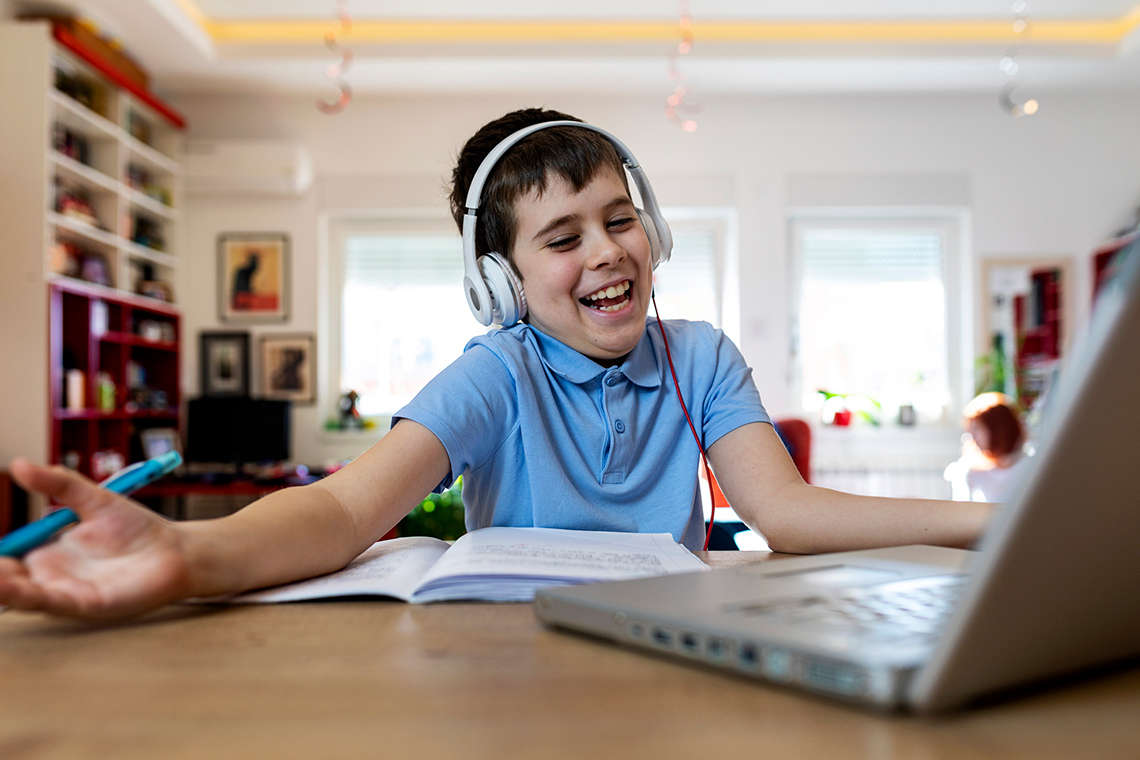
Reflection
As you read through these descriptions, which sentence best describes how you are feeling about your understanding of this learning activity? Press the button that is beside this sentence.
I feel…
Now, record your ideas using a voice recorder, speech-to-text, or writing tool.
